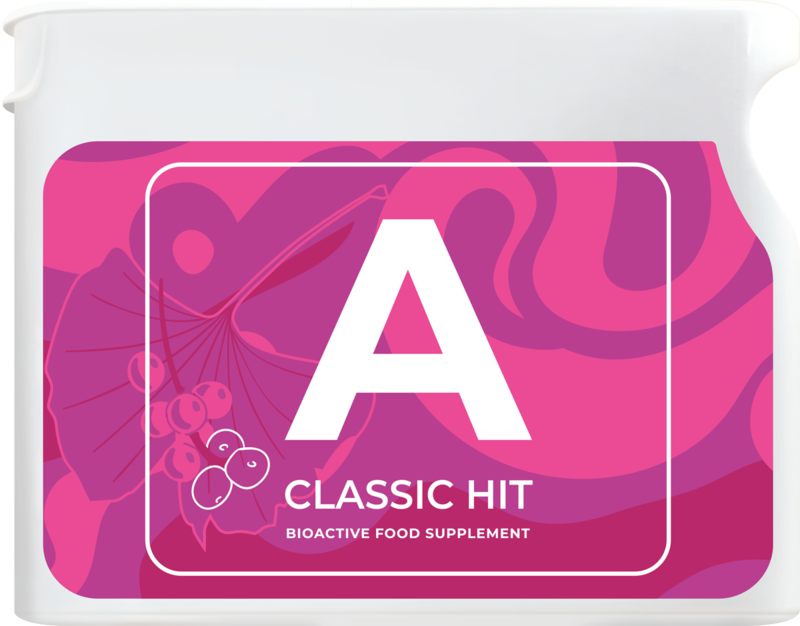Tree of youth
For more than 5 000 years, ginkgo biloba has been known to man for its healing properties, helping to improve health and fight disease.
Green long-liver
Ginkgo biloba can rightly be called one of the planet's centenarians. This type of tree has survived from the Mesozoic era to the present day thanks to its extraordinary ability to adapt.
Ginkgo trees tolerate poisonous smog, acid rain, soils poor in organic and mineral substances. They are not afraid of bacteria, viruses, fungal diseases and insects, so ginkgo can be successfully grown as an ornamental plant in large industrial cities. For example, in Nagasaki there is a tree that is over 1200 years old.
Ginkgo biloba can rightly be called one of the planet's centenarians. This type of tree has survived from the Mesozoic era to the present day thanks to its extraordinary ability to adapt.
Ginkgo trees tolerate poisonous smog, acid rain, soils poor in organic and mineral substances. They are not afraid of bacteria, viruses, fungal diseases and insects, so ginkgo can be successfully grown as an ornamental plant in large industrial cities. For example, in Nagasaki there is a tree that is over 1200 years old.
Recipes of Chinese healers
The tree's name comes from the Chinese plant name gin-kyo, which means silver fruit. Ancient Chinese monks planted this tree in holy places, near monasteries. They believed that the plant with original fan-shaped leaves symbolizes two categories of Chinese philosophy - the yin and yang, and was a symbol of wisdom and concentration, stability and longevity. Until now, in China, Japan, Korea, ginkgo is called the tree of youth.
The first mention of the medicinal effect of the leaves of Ginkgo Biloba was found in ancient recipes of traditional Chinese medicine, written in 2800 BC. The first publication for the internal consumption of the leaves of the Ginkgo tree for medicinal purposes dates back to 1505 AD. Tea from the leaves was recommended for coughing, choking, and for the speedy restoration of strength during the recovery period.
The first mention of the medicinal effect of the leaves of Ginkgo Biloba was found in ancient recipes of traditional Chinese medicine, written in 2800 BC. The first publication for the internal consumption of the leaves of the Ginkgo tree for medicinal purposes dates back to 1505 AD. Tea from the leaves was recommended for coughing, choking, and for the speedy restoration of strength during the recovery period.
The power of 40 components
The ancient gingko tree is the only plant of its kind known to science which contains ginkgolides and bilobalides that increase the elasticity of blood vessel walls, have vasodilating properties, and suppress inflammatory reactions by inhibiting platelet-activating factor, thereby improving blood circulation in the vascular bed. An increased level of platelet-activating factor is observed in such serious diseases as asthma, myocardial infarction, atherosclerosis, cardiac arrhythmia, etc.
In addition, the plant contains flavone glycosides, which have an antioxidant effect and prevent damage to the phospholipid membrane of cells, as well as calcium, phosphorus, thymine, potassium salts, phytosterol, asparagine, margenin - more than 40 components in total!
In addition, the plant contains flavone glycosides, which have an antioxidant effect and prevent damage to the phospholipid membrane of cells, as well as calcium, phosphorus, thymine, potassium salts, phytosterol, asparagine, margenin - more than 40 components in total!
Panacea for city dwellers
A preparation based on the leaves and fruits of the plant is widely used to solve a series of problems associated with age-related changes in the body, in the treatment of depression, and to eliminate the consequences of circulatory disorders.
Ginkgo is a salvation for residents of large cities of any age. The brain's improved blood flow results in improved memory, logical thinking, perception, and an increase in mood and general tone.
Today, medicines developed on its basis are included in the arsenal of the most effective means of modern medicine. According to the European Health Organization, doctors prescribe ginkgo preparations to their patients especially willingly and often.
Ginkgo is a salvation for residents of large cities of any age. The brain's improved blood flow results in improved memory, logical thinking, perception, and an increase in mood and general tone.
Today, medicines developed on its basis are included in the arsenal of the most effective means of modern medicine. According to the European Health Organization, doctors prescribe ginkgo preparations to their patients especially willingly and often.
